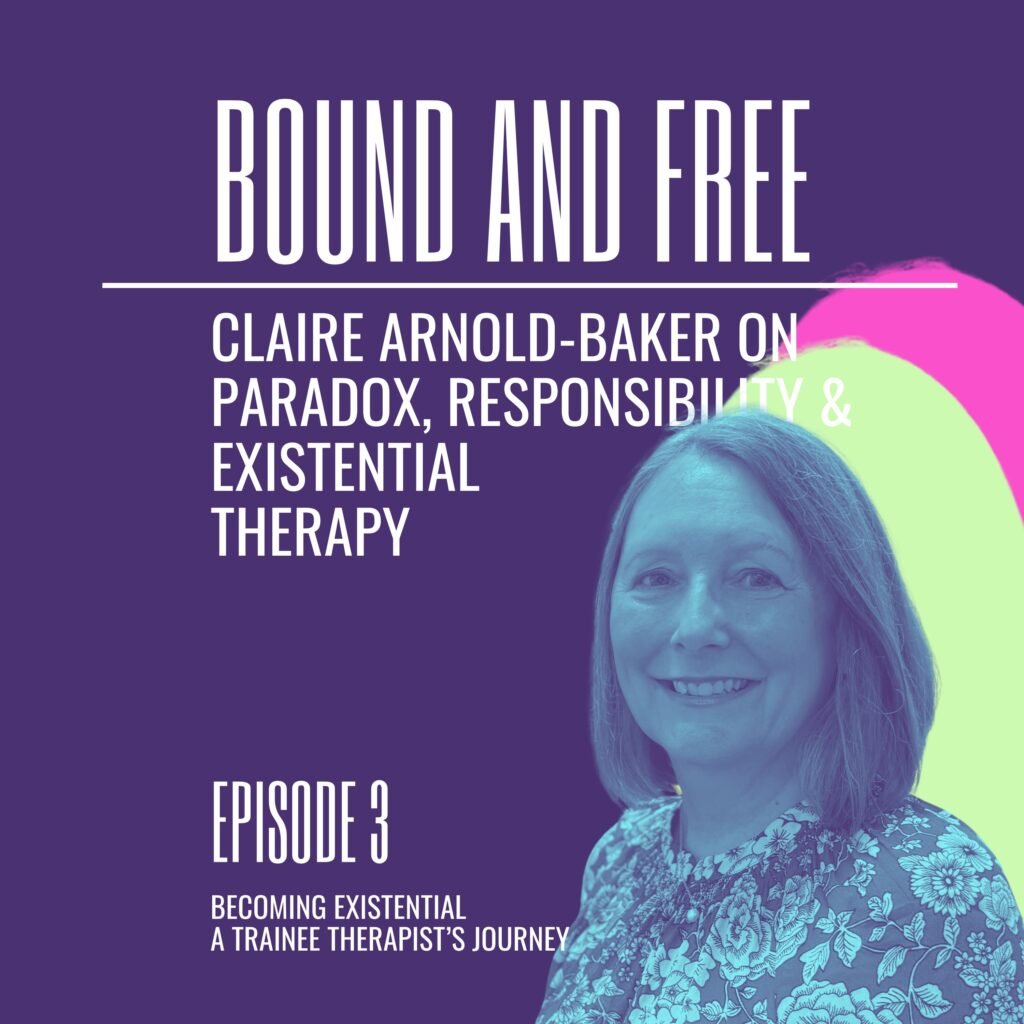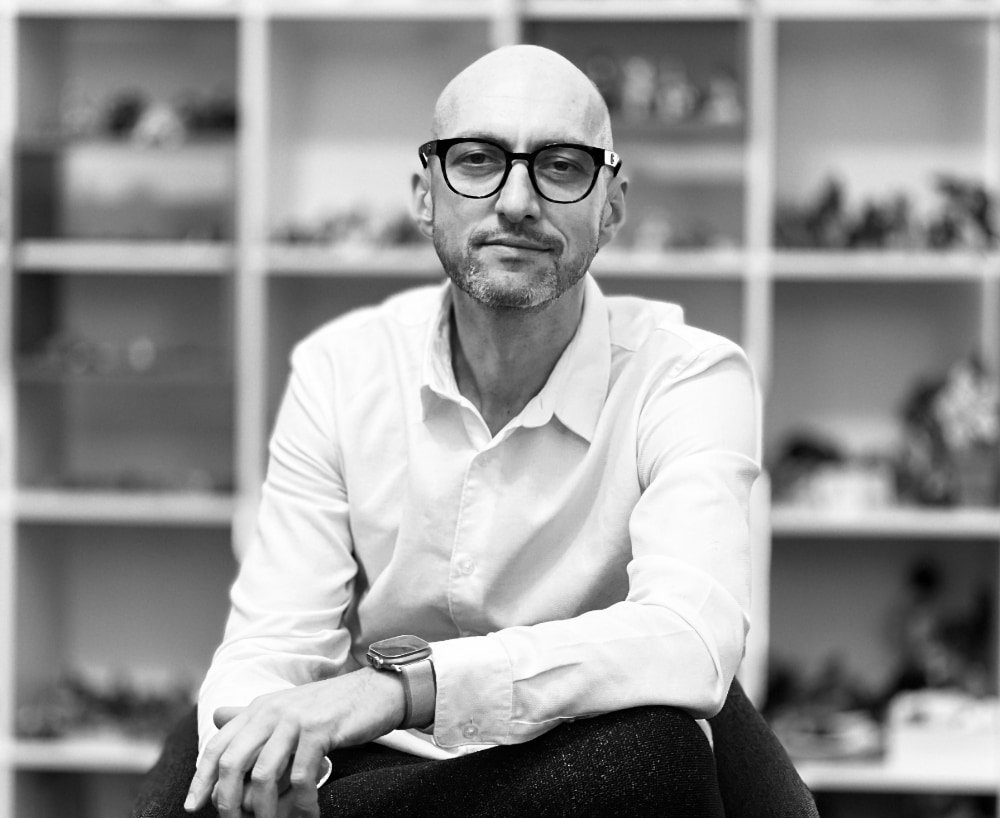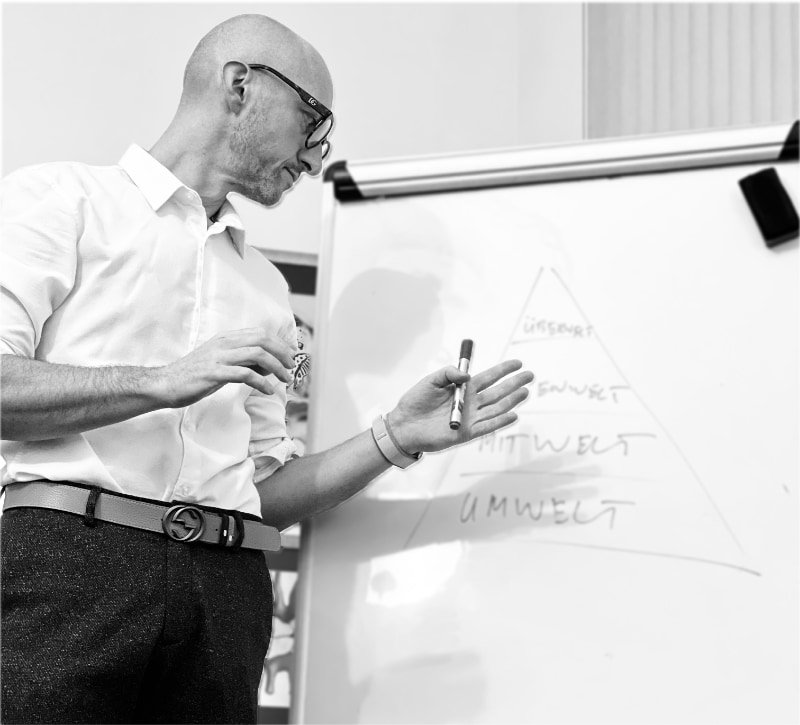“Why does man not see things? He is himself standing in the way: he conceals things.” — Friedrich Nietzsche
We all lie. To protect someone’s feelings. To escape judgment. To avoid friction. We tell small untruths on résumés or to keep conversations smooth. These interpersonal lies are easy to spot—and often easy to forgive.
But what about the lies we tell ourselves?
Self-deception is the invisible lie. It’s the false story we quietly feed ourselves about who we are, what we want, and what we fear. Unlike social lies, it’s not always deliberate. We may not know we’re doing it. And yet, these internal distortions can shape the entire trajectory of our lives.
The Nature of Self-Deception
Self-deception isn’t a psychological glitch — it’s more like scaffolding. A structure we quietly build to shield ourselves from the sheer weight of freedom. Sartre called it bad faith — not just lying to ourselves, but refusing to see that we are not statues carved by fate, but living, breathing acts of choice. It’s to tell ourselves we are victims of circumstance, that we “have to” be who we are.
It is when we act as if we are fixed beings with set roles—as though we have no choice.
“I can’t leave.”
“I have to stay.”
It is about telling ourselves these things to escape the anxiety of freedom.

Martin Heidegger saw a similar structure of avoidance. He argued that most of us live inauthentically, absorbed in “Das Man” (the They) — social norms, external expectations, and the roles others assign to us. In doing so, we cover over our true being with a veneer of belonging.
We present to ourselves a world structured by others’ opinions, but those “others” are often projections of our own need for validation.
Put simply, we lie to ourselves to make ourselves feel secure, acceptable and in control.
Why Do We Lie to Ourselves?
There are stories we tell ourselves that actually meant to protect something tender inside us, rather than meant to deceive others.
Psychologically, self-deception works like armour — not hard and metallic, but soft, worn close to the skin. It shields us from shame we’re not ready to face, regret we haven’t metabolised, fears that feel too vast to hold. Research backs it: according to Proceedings of the Royal Society B, believing our own lie eases the strain of holding two versions of truth. It lightens the cognitive load — and ironically, makes us more believable to others. Survival, sometimes, depends on sincerity — even if that sincerity is false.
But what’s happening beneath the surface?
Cognitive psychology has some answers. Or at least, some patterns to consider:
Cognitive dissonance: When who we are clashes with who we think we should be, we don’t always change our actions — we adjust the narrative instead.
Confirmation bias: We selectively gather evidence, not to understand, but to reinforce the version of ourselves we already want to believe.
The introspection illusion: We assume we know ourselves better than we actually do. And in doing so, we overlook the quiet, unconscious threads tugging at our choices.
These aren’t just errors in reasoning. These are emotional scaffolding that help preserving our inner world coherent, even when it’s built on contradictions.
The mental shortcuts that ensure our story remains consistent, even when it’s… wrong.
Because at times, consistency feels safer than truth.
Case Study: A Comfortable Fiction
Consider Mark. He is 42. An executive who walked into therapy carrying what looked like success but felt like a burden. Polished apartment, impressive career, social media that gleamed with carefully curated moments. A digital archive of polished smiles and sunlit brunches. On paper, he had arrived.
But therapy rarely deals with paper.
What he carried in with him wasn’t visible on the outside: an invisible heaviness, quiet dread on Monday mornings, irritability that spilled out in the wrong places. Restless nights. A chest that refused to exhale. Thoughts that circled but never landed.
And then, that one question — the kind that doesn’t need to be loud to be life-altering:
“Whose dream are you living?”
He paused.
The room felt still. Not empty — just full of something starting to break through.
“My father’s,” he said.

And there it was. Mark had been inhabiting a story that wasn’t his, wearing a life that fit someone else’s vision of success. I think we all do this to some degree. We inherit these narratives about who we should be, what we should want, how we should live. They become so familiar that we mistake them for our own authentic desires.
This is what I find fascinating about self-deception — it’s not malicious. It’s protective. Mark’s story sheltered him from the terrifying question of what he actually wanted. Because once you start asking that question, everything becomes uncertain. The comfortable boundaries of inherited expectations dissolve, and you’re left facing the raw possibility of choice.But here’s what I’ve learned: that discomfort isn’t the enemy. It’s the doorway. The tight chest, the sleepless nights, the snapping at loved ones — these aren’t signs of failure. They’re signals that something authentic is trying to emerge.
The real work begins when we stop avoiding the question: Is this truly my life? It’s uncomfortable work. Uncertain. Sometimes unraveling. But it’s the only work that leads us back to what’s real. The way back to our personal home.
How Society Teaches Us to Pretend
Self-deception is not just psychological, it’s cultural.
We’re not just psychologically wired to avoid pain — we’re trained to polish it. We live in a time that favours performance over presence. Image over introspection.
Social media teaches us to curate an idealised version of our lives, rather than embracing the reality of our existence. Wellbeing becomes a product. Consumer culture tells us that success and wellness can be bought. We’re just one purchase away from achieving it. Even therapy joins in with the performance: it sometimes encourages ‘positive reframing’ rather than addressing deep discomfort. Existential philosopher and therapist Emmy van Deurzen notes that psychotherapists can themselves fall into the trap of being partially honest by offering neat solutions rather than confronting the depth of a client’s despair.
In such a context, self-deception isn’t just normal—it’s rewarded.
Philosopher Erich Fromm saw this coming. In Escape from Freedom he wrote about the terrifying comfort of conformity — how we trade our raw selves for social masks, and then forget there was ever a difference.
Neuroscience and the Body of the Lie
Self-deception also has a biological basis. Research shows that the prefrontal cortex responsible for decision-making and self-control can suppress painful truths before they even reach conscious awareness. The brain prioritises psychological stability over uncomfortable accuracy. Truth then can be muted before it ever becomes unbearable.
In effect, the body helps us lie to ourselves. It edits memory, emotion, and perception to maintain coherence. It’s not always that we’re avoiding the truth — it’s that we never saw it clearly to begin with.

The Double-Edged Sword: Helpful or Harmful?
Is self-deception always destructive? Not necessarily.
Psychologist Bella DePaulo’s studies on everyday lying found that many of our daily deceptions are minor and socially lubricating. A compliment that softens silence. These aren’t sins. And when life breaks open — in grief, illness, trauma — self-deception can become something else entirely: a bridge. Exaggerated optimism, as a form of self-deception, for instance, can buy us time. It can let us get out of bed, keep going, take one more step before the truth feels survivable. Neuroscientist Tali Sharot calls it the optimism bias — the brain’s quiet tilt toward hope, even when the facts suggest otherwise It can carry us through illness, failure, grief or even take necessary risks. Trauma survivors often don’t process everything at once — they can’t. Temporary denial isn’t dysfunction; it’s the psyche making space for eventual healing.
Studies suggests that a gentle bias — seeing ourselves in a slightly brighter light — can lower depression, raise motivation. These are what I call sweet lies: soft edges around a sharp truth. They help us function when functioning feels impossible.
But here’s the caution: they’re scaffolding, not structure. Temporary support — not the shape of a life.
When the lie calcifies, when we begin to mistake it for identity, something vital gets trapped. What once protected begins to confine. And we wake up one day not just living the lie — but believing we have no other way to live.
The Cost of Avoidance
The long-term costs of self-deception include:
- Poor decision-making
- Emotional stagnation
- Compromised relationships
- Inauthenticity and regret
Therapists see this often. A client says, “I’m fine.” Another insists, “This is just who I am.” Or the quieter one: “I can’t change.” These aren’t facts — they’re shields. Stories designed not to deceive others, but to protect the self from the deeper ache of uncertainty.
Nietzsche once asked, “What do you consider the most humane? – To spare someone shame. What is the seal of liberation? – To no longer be ashamed in front of oneself.”
Healing doesn’t begin when we’re pushed, it begins when we’re willing to turn toward what we’ve been standing in front of all along. Often, what we need most isn’t hidden; it’s simply waiting behind the shame we’ve been too afraid to face.

Truth as a Practice — and a Liberation
Truth isn’t a place we reach. It’s something we return to. Not once — but over and over.
It unfolds in layers — rarely all at once. Heidegger called it uncovering — a slow peeling back of what no longer serves. Sartre saw truth in the moment we stop pretending we’re trapped — and begin to own our choices, even the difficult ones.
So where do we start?
Ask better questions
Not “What’s wrong with me?” but “What am I avoiding?”
Track the gap
Between what you say and what you do. The truth is often hiding in the space between.
Let discomfort speak
Before you reframe, before you soothe — listen. Some truths need to sting before they can soften.
Invite disruption
Not cruelty — clarity. Seek the kind of people who won’t let you hide, even gently.
Use therapy for transformation, not performance
Not just to feel better — but to be more honest.
Practice mindfulness
Notice when your mind shifts into defence. That’s often where truth is trying to surface.
But none of this matters without courage.
The lies we carry weren’t born from malice. Most were armour. They kept us safe when we didn’t have the tools to face what was real.
Letting them go isn’t just uncomfortable — it can feel like a loss. Like stepping out of something warm into the cold. Like becoming visible.
And yet, what we lose in protection, we gain in presence.
Because the cost of holding on is often higher than we imagine: disconnection, numbness, a life that looks fine but doesn’t feel lived.
To tell the truth to others is a moral act.
To tell it to ourselves — that’s liberation.
So ask:
What am I still pretending not to know?
What version of me is ready to be released?
The answers may shake you. But they’re also your beginning.
Truth isn’t perfection. It’s proximity.
Not certainty.
But freedom.
References
Beauregard, M., Levesque, J., & Bourgouin, P. (2001). Neural correlates of conscious self-regulation of emotion. The Journal of Neuroscience, 21(18), RC165. https://doi.org/10.1523/JNEUROSCI.21-18-j0001.2001
DePaulo, B. M., & Kashy, D. A. (1998). Everyday lies in close and casual relationships. Journal of Personality and Social Psychology, 74(1), 63–79. https://doi.org/10.1037/0022-3514.74.1.63
Eisenberger, N. I., Lieberman, M. D., & Williams, K. D. (2003). Does rejection hurt? An fMRI study of social exclusion. Science, 302(5643), 290–292. https://doi.org/10.1126/science.1089134
Festinger, L. (1957). A theory of cognitive dissonance. Stanford University Press.
Heidegger, M. (1962). Being and Time (J. Macquarrie & E. Robinson, Trans.). Harper & Row. (Original work published 1927)
Pronin, E. (2007). Perception and misperception of bias in human judgment. Trends in Cognitive Sciences, 11(1), 37–43. https://doi.org/10.1016/j.tics.2006.11.001
Sartre, J.-P. (1956). Being and Nothingness (H. Barnes, Trans.). Washington Square Press. (Original work published 1943)
Scheier, M. F., & Carver, C. S. (1985). Optimism, coping, and health: Assessment and implications of generalized outcome expectancies. Health Psychology, 4(3), 219–247. https://doi.org/10.1037/0278-6133.4.3.219
Sharot, T. (2011). The optimism bias. Current Biology, 21(23), R941–R945. https://doi.org/10.1016/j.cub.2011.10.030
Taylor, S. E., & Brown, J. D. (1988). Illusion and well-being: A social psychological perspective on mental health. Psychological Bulletin, 103(2), 193–210. https://doi.org/10.1037/0033-2909.103.2.193
Trivers, R. (2011). The folly of fools: The logic of deceit and self-deception in human life. Basic Books.
von Hippel, W., & Trivers, R. (2011). The evolution and psychology of self-deception. Behavioral and Brain Sciences, 34(1), 1–16. https://doi.org/10.1017/S0140525X10001354
van Deurzen-Smith, E. (1997). Everyday mysteries: Existential dimensions of psychotherapy. Routledge.



